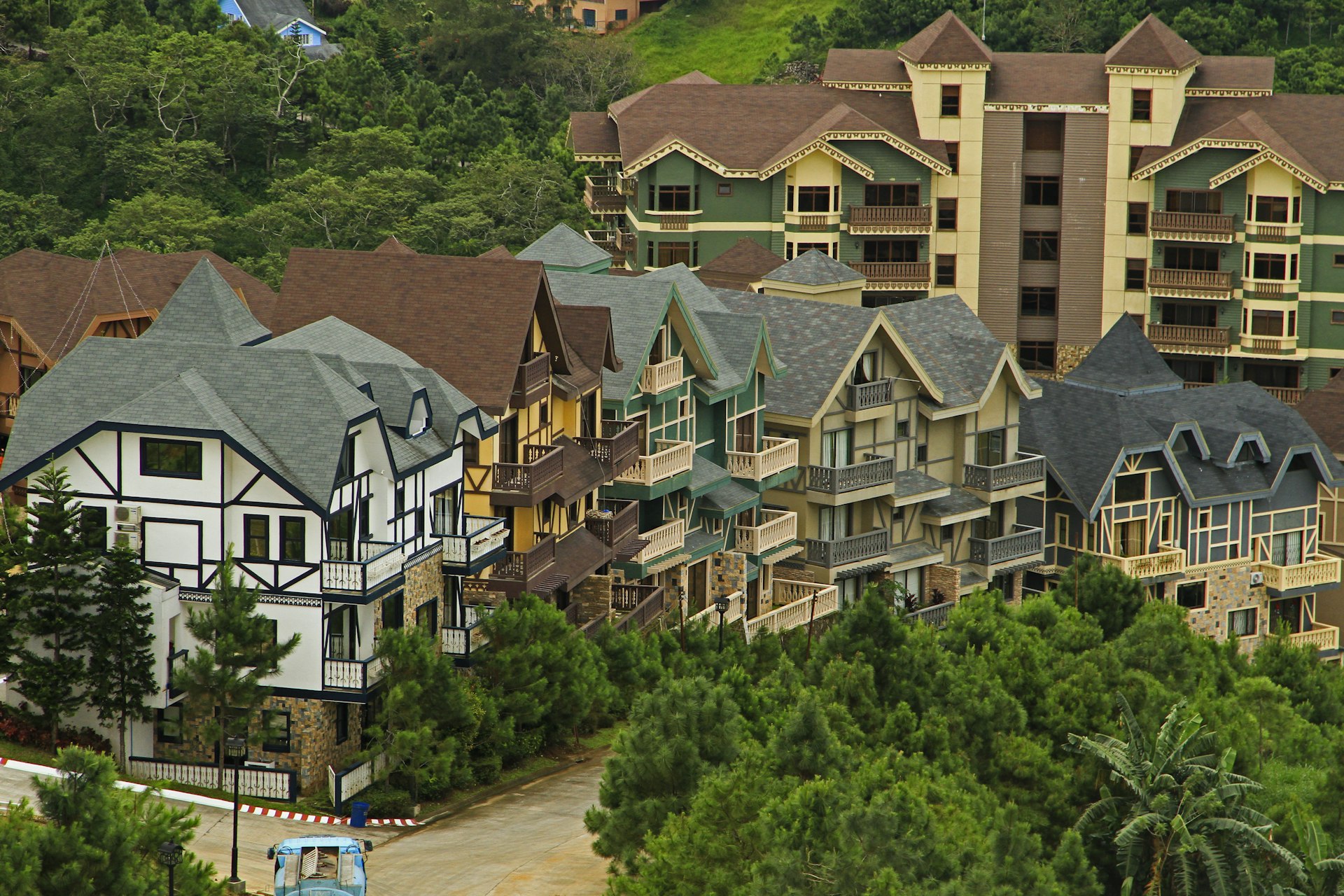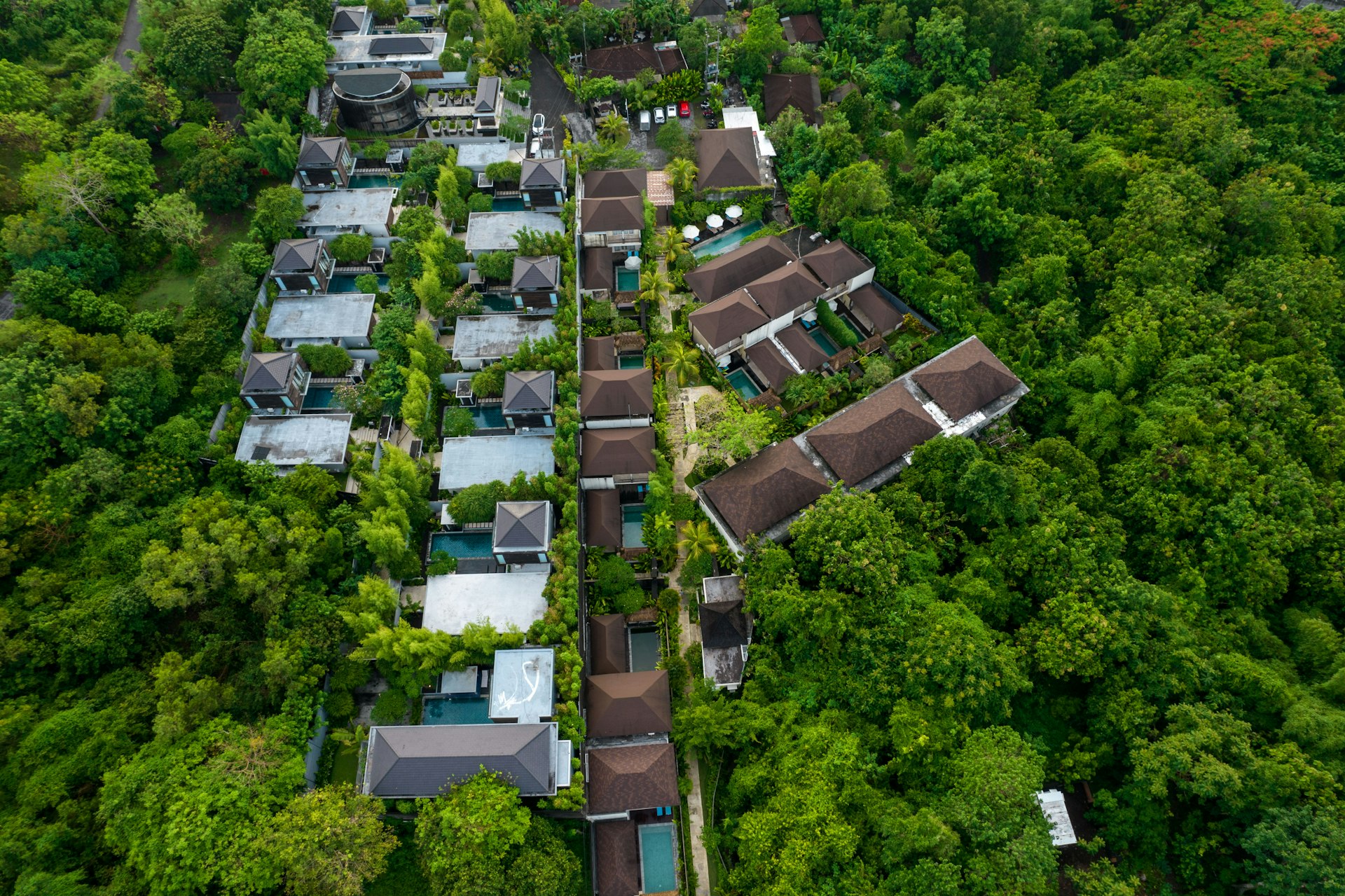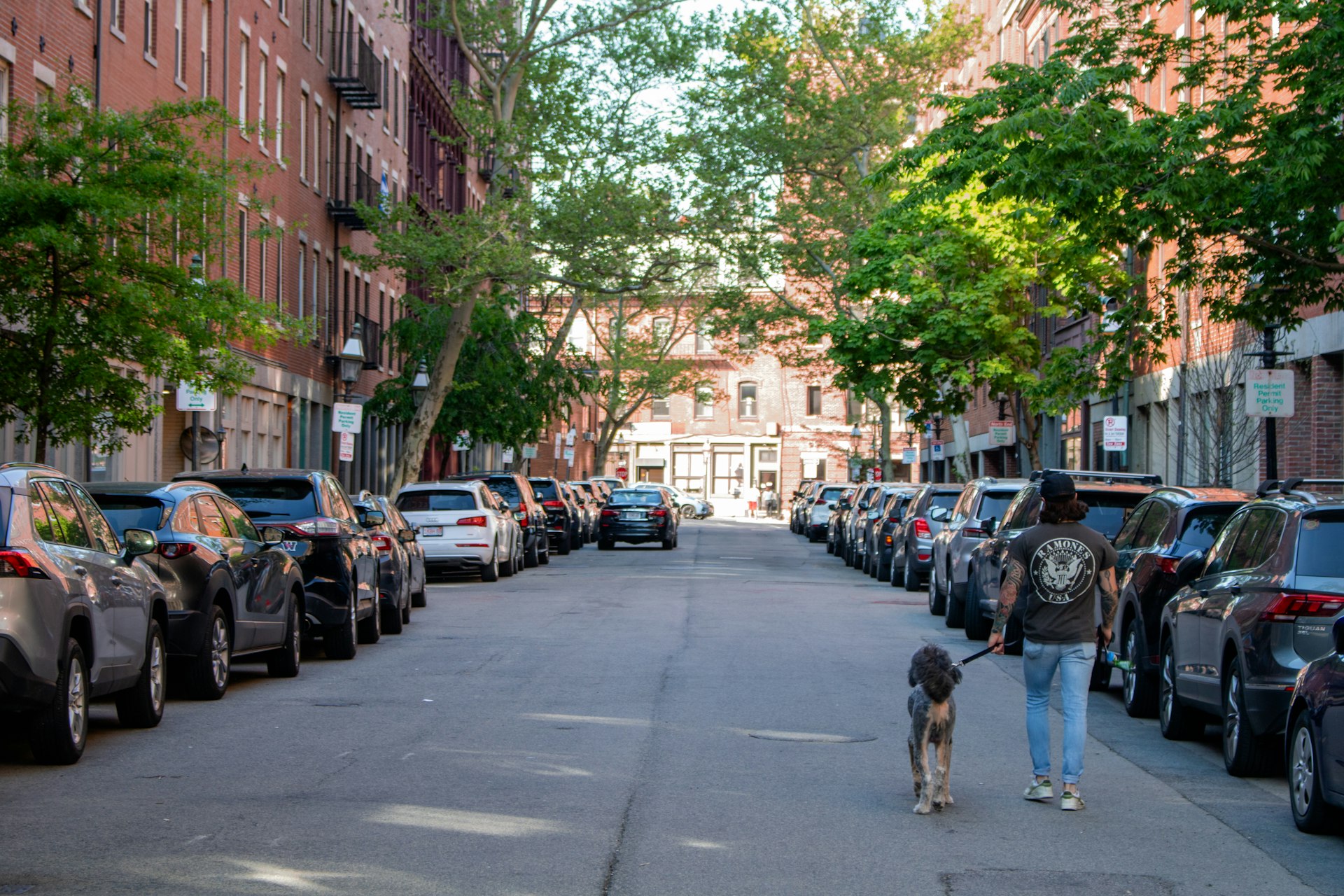Unlocking Sustainable Living: How Suburban Developments Are Redefining Eco-Friendly Communities

Photo by Claudio Schwarz on Unsplash
Introduction: Rethinking Suburban Living for Sustainability
In recent years, sustainable suburban housing developments have emerged as a pivotal solution for families seeking a balance between green living and the traditional comforts of suburban life. Driven by the need to address climate change, lower commuting costs, and improve community health, these developments integrate energy-efficient construction, accessible green spaces, and walkable design features to create vibrant, eco-conscious neighborhoods [1] . This article explores the essential elements, benefits, and actionable pathways for accessing sustainable suburban housing-backed by real-world examples and expert guidance.
Core Principles of Sustainable Suburban Housing
Developing a truly sustainable suburb goes far beyond simple energy savings. It requires a holistic approach to planning and design that addresses environmental, social, and economic factors. The most successful developments typically include:
- Energy-Efficient Construction: Homes use advanced insulation, airtight building envelopes, and renewable materials such as cross-laminated timber, reducing energy consumption and carbon emissions [3] .
- Renewable Energy Integration: Solar panels and wind energy are increasingly common, with some communities boasting the highest per capita adoption of electric vehicles and renewable energy systems in the country [1] .
- Walkable, Mixed-Use Design: Sidewalks, bike lanes, and proximity to amenities foster physical activity, reduce reliance on cars, and promote social interaction [4] .
- Affordable, Diverse Housing: Ending exclusionary zoning allows for a greater mix of housing types and price points, supporting a more inclusive community [4] .
- Accessible Green Spaces: Parks, rooftop gardens, and nature corridors are planned within a short walk of every home, improving air quality and mental health [5] .
Case Studies: Leading Sustainable Suburban Communities
Several standout communities exemplify the best practices in sustainable suburban development:
Mueller, Texas : This mixed-use community was built on the site of a former airport and now features homes, apartments, offices, parks, and retail-all powered by solar energy. Mueller holds the highest number of electric vehicles per capita in the U.S., demonstrating large-scale adoption of clean technology [1] .
YarraBend, Melbourne : Located just outside Melbourne, YarraBend is built on six pillars including sustainability and health. The 2,500-home development uses recycled construction materials, supports renewable energy, and incorporates pedestrian and bike lanes as well as rooftop vegetable gardens [1] .
Mini Village, San Francisco : This innovative model transforms dormant suburbs into dynamic micro-communities by densifying neighborhoods, integrating small businesses, and investing in local production. The approach fosters vibrant, walkable communities and supports local economies [2] .
Narrabundahaus, Canberra : Built to Passive House standards, this home demonstrates advanced insulation, airtightness, and reuse of local materials. While individual, the principles are scalable for broader suburban deployment [3] .
The Woodlands, Texas & Serenbe, Georgia : Both communities are recognized for intentional designs that prioritize walkability, energy efficiency, and green spaces, setting the standard for eco-friendly suburban living in the United States [5] .
Actionable Steps: How to Access Sustainable Suburban Housing
Finding and securing a home in a sustainable suburban development involves several key steps. Here is a practical guide for prospective buyers and renters:
- Research Target Communities: Start by searching for “sustainable suburbs” or “green communities” in your preferred region. Resources like the Solar Insure Sustainable Suburbs Survey offer curated lists of top-rated eco-friendly neighborhoods across the United States [5] .
- Verify Green Certifications: Look for developments certified by recognized programs such as LEED, Passive House, or ENERGY STAR. These certifications indicate adherence to rigorous sustainability standards.
- Contact Local Real Estate Agents: Seek agents specializing in green or sustainable properties. Ask about energy-efficient homes, mixed-use neighborhoods, and developments with renewable energy features.
- Visit Official Development Websites: Many sustainable communities have dedicated websites with details on amenities, green infrastructure, and purchasing or rental opportunities. For example, Mueller and YarraBend provide comprehensive overviews of available homes and community features.
- Understand Financing and Incentives: Some areas offer government incentives for energy-efficient homes or solar installations. To explore these opportunities, visit the U.S. Department of Energy’s official website and search for “home energy incentives” or consult your local government’s housing department. Avoid fabricated links-always verify that any incentive program is legitimate before proceeding.
- Assess Transportation and Amenities: Confirm that the development offers walkable access to parks, schools, groceries, and public transit. This reduces dependence on cars and lowers household transportation costs.
Challenges and Solutions in Sustainable Suburban Development
While the movement toward sustainable suburbs is gaining traction, several challenges remain:
Low-Density Zoning: Traditional zoning policies can restrict the development of mixed-use, higher-density communities. Advocates suggest participating in local planning meetings and supporting policy reforms that promote inclusivity and sustainability [2] .
Affordability: Sustainable developments may command higher prices due to advanced materials and technologies. However, ending exclusionary zoning and encouraging diverse housing types can help control costs and improve access for middle- and lower-income families [4] .
Community Buy-In: Successful projects require engagement from residents, developers, and local governments. Hosting educational events, promoting local businesses, and prioritizing green spaces foster a sense of ownership and shared responsibility.
Alternative Approaches to Sustainable Suburban Living
Not all families will find move-in-ready sustainable suburbs in their area. Alternative pathways include:
- Retrofit Existing Homes: Upgrade insulation, install solar panels, and adopt energy-efficient appliances to transform traditional homes into greener spaces [3] .
- Community Advocacy: Work with neighborhood associations and city planners to encourage greener infrastructure, such as sidewalk expansions, bike lanes, and public parks.
- Prefab and Modular Construction: Explore manufacturers offering prefabricated, energy-efficient housing options, which often provide cost savings and rapid deployment.
Summary: Key Takeaways for Sustainable Suburban Housing
Sustainable suburban housing developments are redefining modern living, offering substantial benefits in energy efficiency, community health, and environmental quality. By prioritizing walkable design, diverse housing, and renewable energy, these neighborhoods are setting new standards for eco-friendly lifestyles. Whether you’re searching for a new home or seeking to transform your current residence, actionable pathways are available. Use verified resources, engage with local experts, and advocate for policy change to unlock the promise of sustainable living in the suburbs.

Photo by Fermoar.ro on Unsplash
References
- [1] Tomorrow.City (2023). Smart urbanizations: How to create more sustainable periphery? Examples of sustainable suburbs.
- [2] Architizer (2023). Sustainable Suburban Expansion: How Architects Are Reawakening Dormant Developments.
- [3] ArchitectureAU (2023). Winning the climate battle at home: sustainable suburban housing developments.
- [4] National Center for Biotechnology Information (2021). Re-designing America’s suburbs for the age of climate change.
- [5] Solar Insure (2023). Survey: Top 120 Most Desired Sustainable Suburbs in America.
MORE FROM moneysaversearch.com













